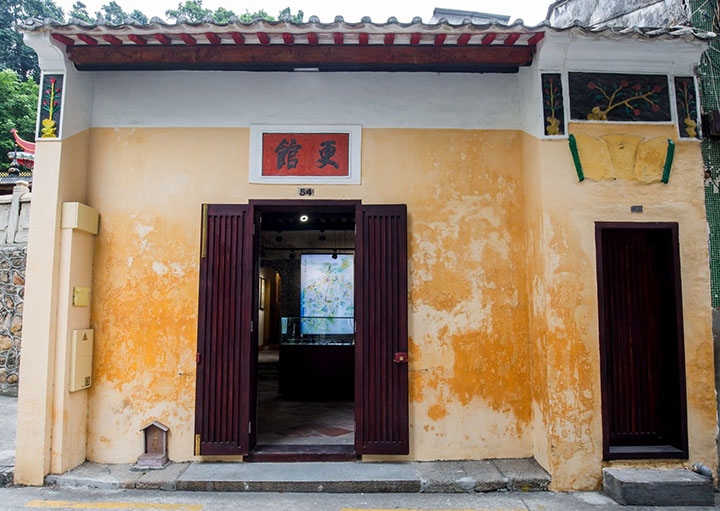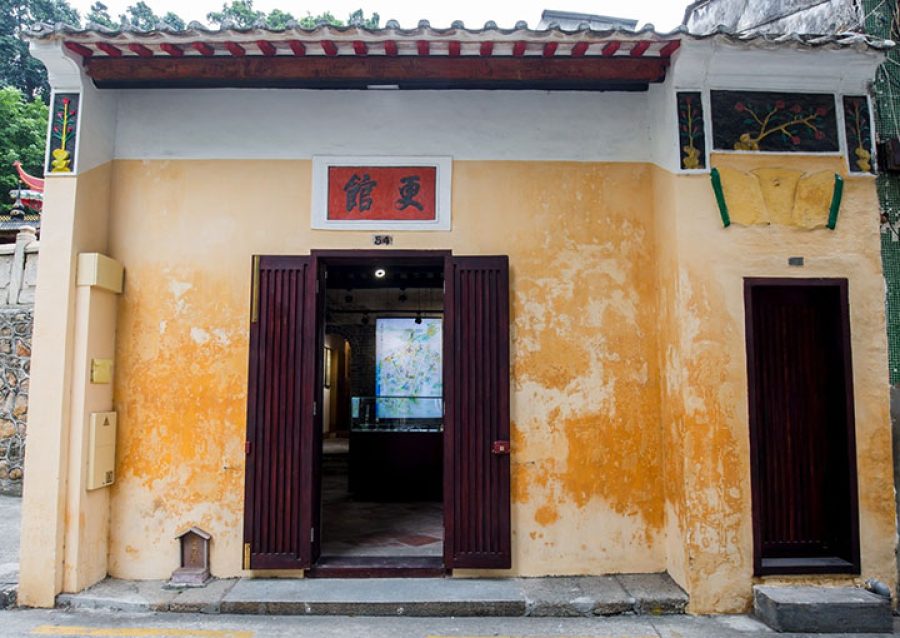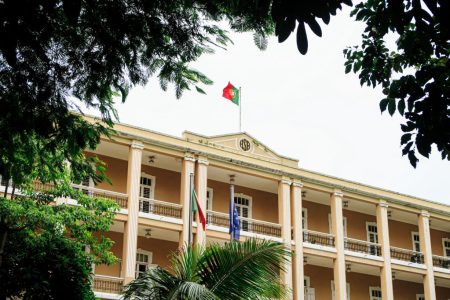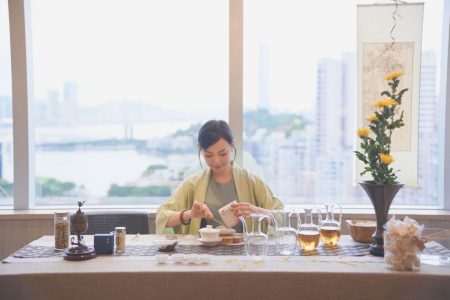The Cultural Affairs Bureau (IC) announced Wednesday that it has launched cultural heritage evaluation procedures for nine properties during which the government will determine whether they will be officially classified as cultural heritage sites.
IC Acting President Leong Wai Man, Wong Iat Cheong, who heads the bureau’s Heritage Department and the bureau’s senior official Choi Cheng Cheng presided over a press conference on the IC premises to announce details about the nine properties.
According to the Cultural Heritage Protection Law which came into force in March 2014, the Cultural Affairs Bureau, other government entities, as well as the owner or owners of the respective property can initiate a cultural heritage evaluation for particular immovable properties.
In late 2015, the bureau initiated cultural heritage evaluation procedures for 10 old properties as the “first batch” since the law came into force. In 2016, the government-appointed Cultural Heritage Council decided in a meeting that nine of the 10 properties should be listed as cultural heritage. In January last year, the government announced that nine monuments and buildings of architectural interest had been newly listed as cultural heritage.
The nine old properties announced during the press conference are among the “second batch” of immovable properties to be evaluated.
Concerning the nine properties in the “second batch”, the bureau proposes that three be classified as monuments, three as buildings of architectural interest, and the other three as sites.
During yesterday’s press conference, Leong said her bureau will launch a two-month consultation on November 7 about the ongoing cultural evaluation of the nine properties. The public consultation will end on January 5 next year.
According to the Cultural Heritage Protection Law, the cultural heritage evaluation of a property or a site has to be completed within a year of the process getting off the ground.
The law states that during the evaluation process, the government is required to carry out a public consultation on the matter. The law also states that the government needs to consult the Cultural Heritage Council on the matter.
After the evaluation process, the government will decide whether the nine properties will be officially classified as cultural heritage sites.
The nine proposed properties comprise the Night Watchman Post, Sin Fong Temple, the Ruins of St Paul’s College, a building in 6 Calçada do Gaio (which currently houses the Macau European Studies Institute), a building in 30 Estrada da Vitoria (which currently houses a refuge centre for battered women), the Moosa Family Home in 45-47 Rua Central, S. Miguel Arcanjo Cemetery, the Old Tarrafeiro Fish Market, and the Taipa Old Municipal Market (aka Carmo Fair).






